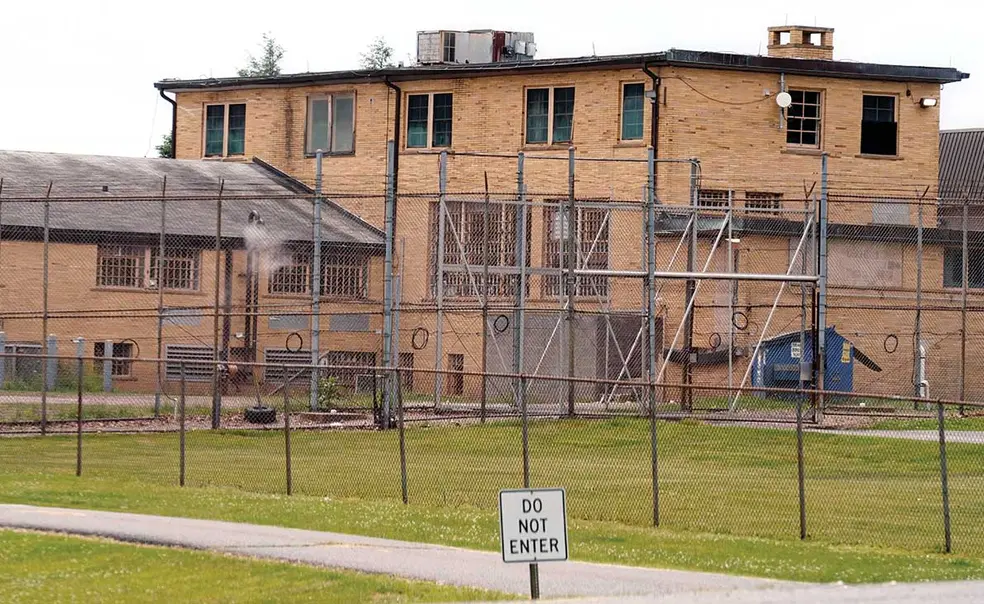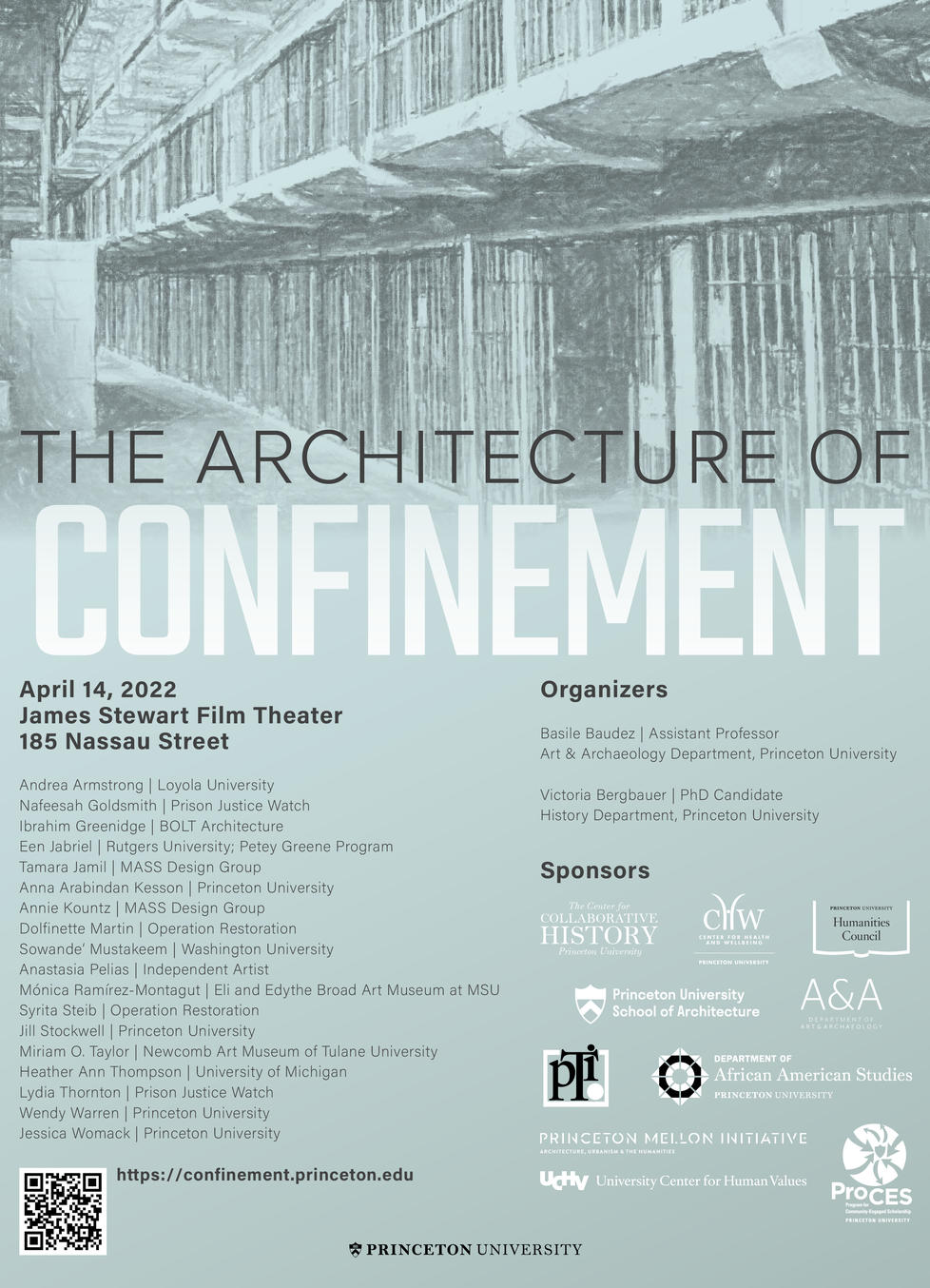Class Close-Up: What Went Wrong at New Jersey Women’s Prison
Twelve enrolled students are analyzing the Edna Mahan Correctional Facility for Women
The Edna Mahan Correctional Facility for Women in Clinton is New Jersey’s only women’s prison, but due in part to a series of lawsuits and reports of misconduct, including alleged beatings and sexual assaults, Gov. Phil Murphy announced its closure last summer.
“I am afraid that Edna Mahan is only the tip of the iceberg,” said Basile Baudez, an assistant professor of art and archaeology.
Baudez believes that society has a moral obligation to confront such upsetting topics, so — working in collaboration with New Jersey Prison Justice Watch — he created a new course for the spring semester, “Architecture of Confinement, from the Hospice to the Era of Mass Incarceration.” The 12 enrolled students are working in pairs on projects that dissect the history of the prison and strategizing on what to do with the soon-to-be-empty facility.
“I think the goal is for the students to be aware of the impact of architecture on the well-being and mental health of anyone. The prisons and hospitals are obviously extreme cases,” said Baudez. As part of the course, students will try to uncover how and why architecture can both cause issues as well as become a scapegoat for a multitude of problems.
Texts for the class include Michel Foucault’s Discipline and Punish: The Birth of the Prison and an 1874 report, commissioned by the State of New Jersey, on the construction of a new psychiatric hospital. Students will hear from guest speakers, including activists and formerly incarcerated people, and visit the Eastern State Penitentiary in Philadelphia, which ceased operation in 1971 and is now a museum. Class members will also help organize and run a conference on the architecture of confinement, planned to be held on campus April 14.
Final projects will differ depending on the students’ research topics. For example, one pair is developing a lesson plan and curriculum about the history of the Edna Mahan facility to be used in school or after-school settings. Meanwhile, philosophy major Lulu Hao ’23 is writing a final paper about solitary confinement and its effect on women.
“Not that this is at all comparable, but we’ve all had a bit of a taste of solitary confinement with quarantines and things,” Hao said.
Class assignments are not graded. Instead, students worked with the professor to determine their own goals. One of Hao’s is to stay in touch with those she meets through the course.
“Because of COVID and everything, I feel like I haven’t really been able to engage as much with the community and the surrounding areas as I always hoped I would have done,” she said. “So, this course also provided the opportunity to do that.”
Below is a flyer with information for the upcoming Architecture of Confinement conference. Click to enlarge.













No responses yet